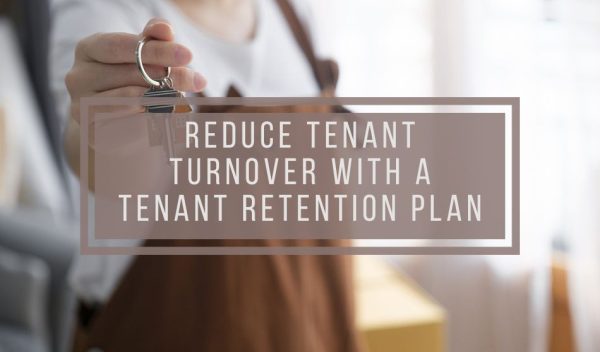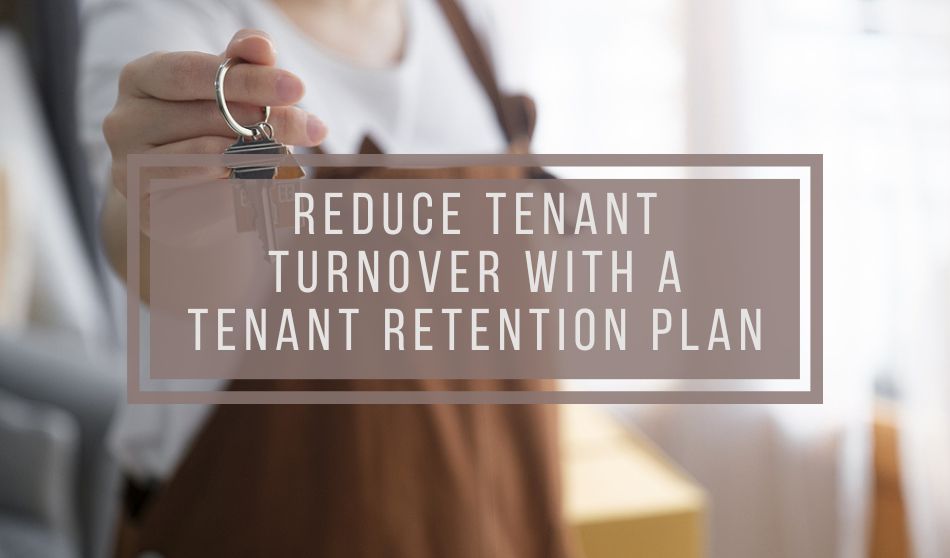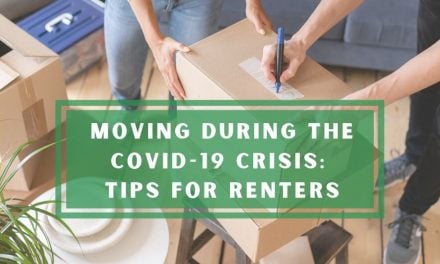
In order to reduce tenant turnover, you need to implement a tenant retention plan that will attract long-term renters, highlight property features, and generate passive cash flow. If you experience high tenant turnover, you can increase occupancy in a few easy steps.
Whether you’re a landlord managing your own rentals or managing properties on behalf of others, a high turnover rate can be make-or-break. Future clients, both tenants and property owners, may be cautious about participating when it comes to high turnover rates.
When a property is vacant, not only is there no rental income, but there are expenses that will still need to be paid, such as insurance, utilities, landscaping, and maintenance. If you happen to be managing property owned by someone else, they may have the additional expense of management and advertising fees……you get the picture.
Use this handy formula to see just what a vacancy actually costs you.
Increase Tenant Retention and Improve your Occupancy Rates
There are a few simple steps to get tenant turnover under control, boost profits, and be more desirable in the marketplace.
1. Know your current turnover rate:
Tenant turnover rate is the percent or rate of tenants that move out or choose not to renew their lease. The lower the rate, the more profitable your endeavors are. Use the following calculation to identify your current turnover rate.

2. Know the going rate for rent expectations in your area.
While it’s easy enough to check out how much is being asked for similar listings in your area by looking on property listing sites, you want to make sure that more is being taken into consideration than what someone else is asking. There are many contributing factors to consider, such as local demographics, the economy, and most importantly, what will encourage tenants to stay. Using the Fair Market Rent (FMR) chart provided by HUD, you can get a baseline of anticipated rent in your area.
3. Know your target population and trends that may attract tenants and make them want to consider making your rental their home.
While we frequently see what landlords consider in tenant selection from credit scores, background checks, rental history, income verification, pet restrictions, and such, tenants are also putting more thought into what people would like in a long-term rental. Understand your target population to attract your future tenants.
Some of the most common factors renters consider their rental include:
- Location: A good location with close proximity to shopping, transportation hubs, amenities, and even work places.
- Security: Sense of security, such as functioning door and window locks, adequately lit parking, and working security systems.
- Personalization: Structure in good repair with the ability to personalize. As people spend more time in their homes, the desire to personalize their space is increasing. Tenants willing to invest time and money into a rental helps protect your asset and improve pride in tenantship.
- Appliances: At a minimum, renters will expect refrigerators and cooking ranges and ovens, and they prefer the convenience of in-unit laundry as well.
- Storage space: Adequate storage space is highly sought after. The ability to have storage space reduces clutter and relieves tenants from added expenses of renting storage space.
- Pet-friendly: With more renters owning pets, your property will be more desirable if it is a pet-friendly rental. Consider your options when it comes to pet rent and pet screening to protect your rental.
4. Know where you can be flexible
- You can’t change the location, but you may be able to put in solar or censored lights outside by the walk or driveway.
- A little time spent on paint and minor improvements can improve curb appeal, making someone proud to say they live there.
- Include in your rental marketing and rental agreement any freedoms the tenant may have for personalization like interior paint, planting flowers, or patio gardens.
- Even small rentals may have potential hidden storage space. Take a look at attic or rafter spaces that may easily conform to a nice storage area or add simple shelves to garages, carports, or even closets.
5. Creating a Tenant Retention Plan
You may want to have a couple of plans for 1 year, 3 years, or even 5 years to put you on a path to improved tenant retention. Don’t expect to make all the changes you would like right away.
Marketing your Property to Gen Z Renters
As the Gen Z populations enters the housing market, understanding their preferences can set you up for success in order to attract them as long-term tenants for your rental properties. 96 percent of the 44 million, newest group of renters 26 and younger, affectionately referred to as Gen Z, have aspirations of purchasing homes, which may result in more nesting behavior and ultimately pride in their residence.
This generation is not only more tech-savvy and more likely to work hybrid jobs, but they also have a new, fresh perspective on what amenities mean to them.
Some of the preferences that topped the lists are:
- Reliable internet
- Communal spaces
- Co-working spaces
- Creative spaces for hobbies
- More Technology
- Keyless entry
- Smart appliances
- Ability to pay rent online
- Ability to submit maintenance requests online
- Being near shared entertainment
- Electric vehicle (EV) charging stations
Some services to consider in a retention plan may be:
- Include wifi or internet services
- Create communal options like
- Bike sharing
- E-scooter sharing
- For multiplexes, indoor and/or outdoor gathering areas
- Online landlord interaction options
- Pay rent
- Submit maintenance requests
- Report rent payments to improve their credit
- Discounts or partnerships with local businesses
- EV Charging stations
Planning ahead is important and can be a vital part of your success in reducing tenant turnover. Thankfully it doesn’t have to be too costly or done all at once. Remember to be creative, resourceful and have fun as you brainstorm ways to attract long-term tenants and reduce tenant turnover in order to increase profits.






